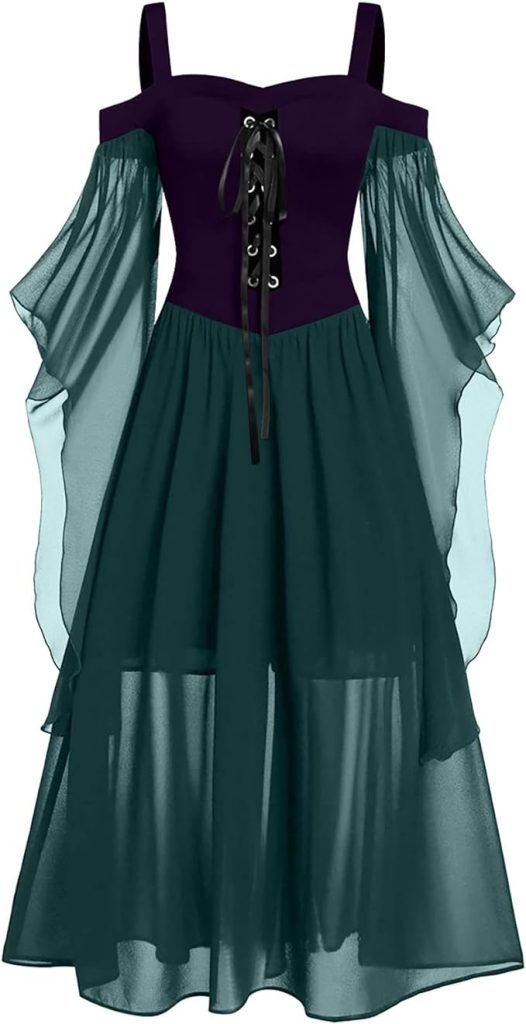
The Renaissance geological era was a period of time of cultural and artistic rebirth that left wing an indelible mark on history. One of the most fascinating aspects of this era is the garnish and fashion of the time. Renaissance trim showcased the dynamic societal norms, artistic influences, and aesthetic preferences of the period.
From Gothic to Renaissance: A Shift in Style
The Renaissance period pronounced a departure from the Gothic architecture fashion that dominated the past centuries. In the early on Renaissance, clothing styles were still heavily influenced by the Gothic era, defined by long, flow garments with elaborate draping. However, as the Renaissance progressed, there was a transfer towards a more structured and fitted silhouette. The Gothic-inspired unleash and flow gowns were replaced with garments that emphasised the natural waistline and sought to enhance the proportions of the body. The transition from the Gothic architecture to the Renaissance title pictured a broader appreciation transfer towards a more humanistic and capitalistic approach.
Sumptuous Fabrics and sumptuous Embellishments
Renaissance garnish was known for its opulence and richness. The fabrics old ranged from rich silks and velvets to luxurious brocades and damasks. These fabrics were often sourced through and through trade, reflective the expanding global connections of the era. The garments were adorned with intricate embellishments, including embroidery, lacework, and beading. Au and silver threads were meticulously plain-woven into the fabrics, adding a touch of extravagance. These sumptuous fabrics and opulent embellishments showcased the wealthiness and sociable position of the wearers patch too serving as a poll for creator expression.
Regional Influences and appreciation Identity
Renaissance garnish was not a undiversified style but varied across regions, reflecting the cultural undefined of Europe. from each one part had its own fashion trends and sartorial preferences. For example, Italian fashion was acknowledged for its undefined and sophistication, characterized by rich people colors, ornate patterns, and complex details. In contrast, Northern European fashion had a more practical and to a lesser extent pretentious approach, with simpler designs and heavier fabrics to beseem the colder climate. Renaissance trim became a reflection of territorial identities and perceptiveness pride, showcasing the unusual customs and traditions of different areas.
The mount of Accessories: Hats, Ruffs, and Jewelry
Accessories played a considerable role in Renaissance dress, adding the finish touches and enhancing the overall look. Hats, such as the beret or the flat cap, were pop for both men and women. Ruffs, work on come out of the closet collars made of fine linen or lace, became picture symbols of the era, frame the face and adding a touch of elegance. Jewelry, including brooches, necklaces, and rings, mosaic both work force and women, showcasing wealthiness and social standing. The accessories of the Renaissance era were as probative as the garments themselves, complemental the tout ensemble and adding subjective flair.
In conclusion, Renaissance dress offers a seeable journey through and through time and style, showcasing the organic evolution of fashion during this culturally rich era. From the passage from Gothic to Renaissance styles to the use of sumptuous fabrics and opulent embellishments, the dress of the Renaissance era was a reflectivity of changing societal norms and artistic influences. Regional variations in forge highlighted perceptiveness identities, while accessories played a crucial role in completing the ensemble. launching Renaissance trim allows us to appreciate the craftsmanship, beauty, and apprehension significance of this fascinating period of time in history.